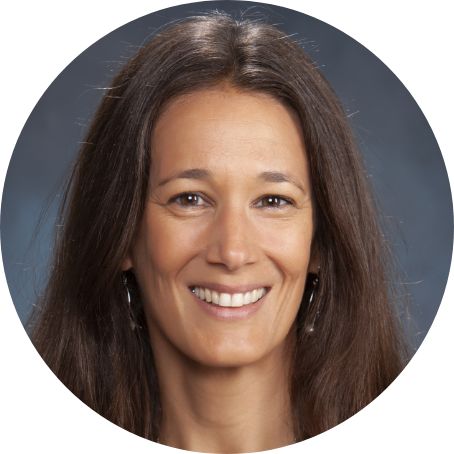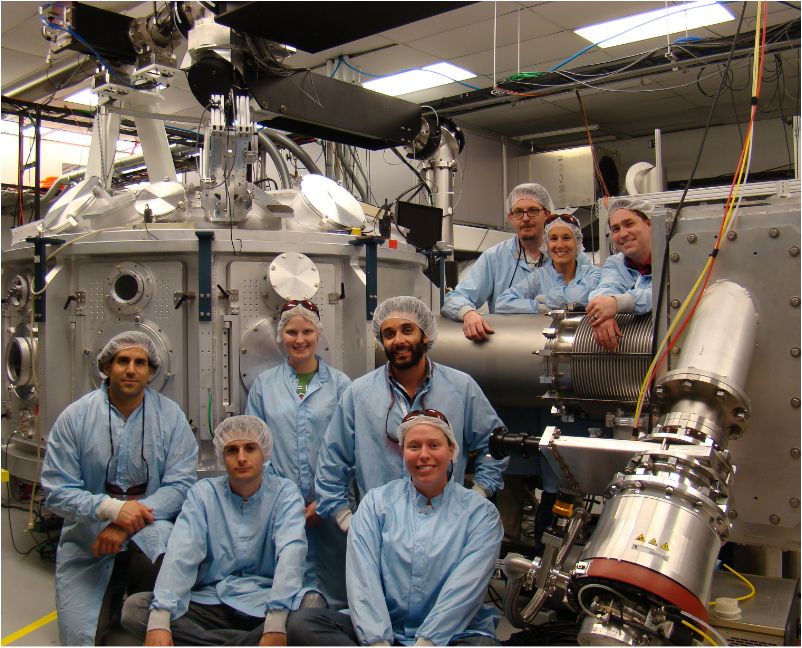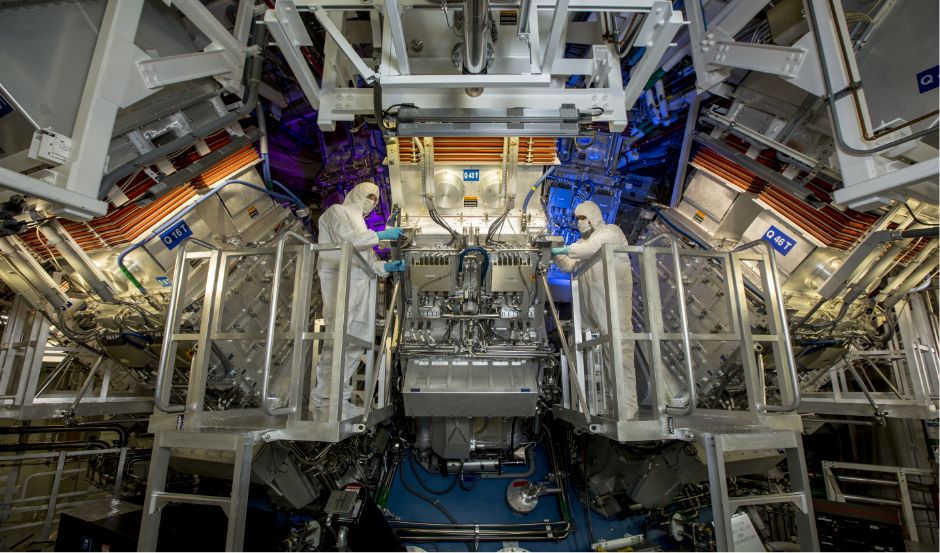High-Energy-Density Science
What We Do
We are the global vanguard of high-energy-density (HED) physics as the first to achieve fusion ignition in a laboratory setting and have established the vision and plan for a high-yield-fusion facility.
Meet Our People

Chris Young
Design Physicist
“Working at LLNL is like going to an intellectual playground every day. I work with some of our country’s brightest scientists to design fusion experiments on the world’s most energetic laser and run physics simulations on some of the fastest supercomputers. This is not a normal job; there is nowhere else with these resources.”

Shon Prisbrey
HED Platform Development Lead
“Every day I get to work alongside the brightest minds who are probing the physics in the high-energy-density regime. We get to figure out how to create and measure phenomena that have only been theorized and then use those results to address nuclear stockpile issues as we maintain our nuclear deterrent.
At times it feels like I am a kid being paid to work in a candy store and that sampling the candy is part of my job.”

Felicie Albert
Scientist
“I love working at LLNL because of the breadth and depth of what you can do. There is an amazing intellectual diversity and so many great people to work with. I work on different projects, from technical work to recruitment and outreach, all of which are very fulfilling.”
Join Our Team
Join Our Team
Making Our Mark Through Game-Changing Projects
Building partnerships through academic collaborations
The LLNL High-Energy-Density (HED) Science Center integrates education, outreach, and research and partners with universities and other national laboratories. It also builds connections to existing research efforts that support LLNL’s national security mission. Collaborations between LLNL and academic partners are essential to help build capabilities and innovation in HED science and to attract talented students to careers in the field. The center offers internships and a postdoctoral fellowship in HED science. In addition, LLNL is home to the Jupiter Laser Facility, an open-access, mid-scale laser system where 25% of users are students.
Learn more
Examining reproducibility and new applications of megajoule fusion yields
Continual improvements in fusion performance from indirect-drive inertial confinement fusion experiments at the National Ignition Facility have enabled us to surpass the threshold of fusion ignition, brought us to the threshold of ignition and the promise of attaining high-energy gain in a laboratory setting. The accompanying extreme densities, temperatures, and pressures in the HED regime comprise a crucial component of our stockpile stewardship mission, enabling experiments conducted at conditions relevant to nuclear weapon performance and survivability in hostile environments, in the absence of underground nuclear testing. Large-scale radiation-hydrodynamic simulations are integral in the design process for understanding previous experiments and guiding future ones.
Learn more
Ironing out the interiors of exoplanets
LLNL scientists and collaborators have used NIF’s lasers to experimentally determine the high-pressure melting curve and structural properties of pure iron up to 1,000 GPa (nearly 10 million atmospheres), three times the pressure of Earth’s inner core and nearly four times greater pressure than any previous experiments. This is one example of groundbreaking research that NIF pursues and that is only possible due to NIF’s unique laser drive capabilities, precision target fabrication, high-fidelity diagnostics, all brought together by our deeply expert and creative scientific teams.
Learn more
Outstanding, One-of-a-Kind Laser Facility
Our premier high-energy-density science facility is the National Ignition Facility (NIF), a building the size of three football fields that houses the world's largest and most powerful laser.

National Ignition Facility (NIF)




